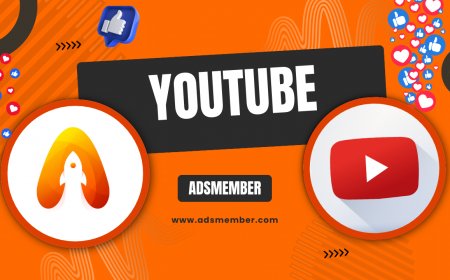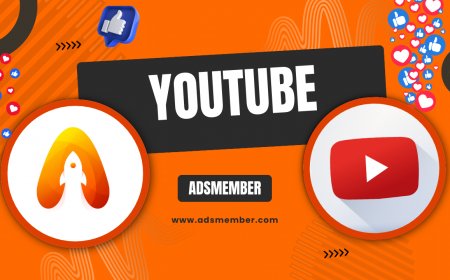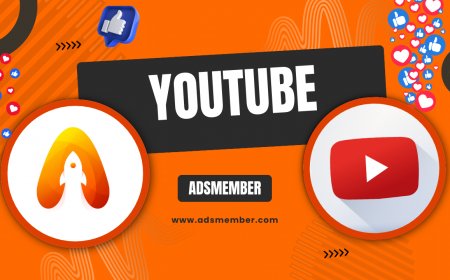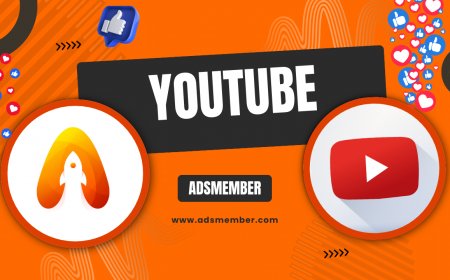How to Optimize YouTube Videos for Maximum Reach
Learn how to optimize YouTube videos for better reach and engagement. Discover expert tips, SEO strategies, and unique insights to grow your channel fast.
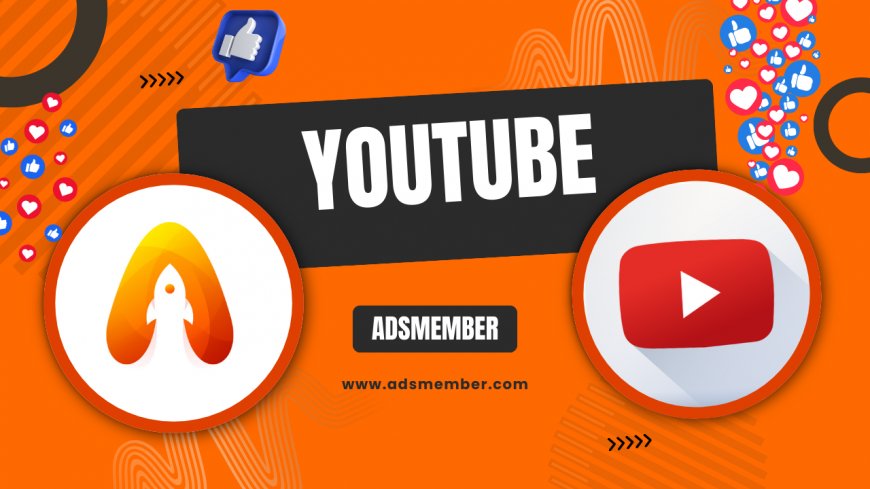
Creating youtube-loop-for-endless-playback">YouTube videos is an art, but getting them seen? That’s a science. As a seasoned SEO editor and copywriter, I’ve spent years decoding the YouTube algorithm to help creators skyrocket their views. Honestly, it’s not just about uploading content—it’s about strategic optimization. Whether you’re a newbie vlogger or a brand building an audience, optimizing your videos can make or break your channel’s growth. Let’s dive into actionable steps, personal insights, and data-backed tricks to ensure your YouTube videos don’t just sit there collecting dust.
Why Optimizing YouTube Videos Matters
In my opinion, optimization isn’t optional—it’s essential. YouTube is the second-largest search engine, with over 2.6 billion active users monthly (Statista, 2023 - Statista). Without proper SEO, your videos get buried under millions of others. Optimization boosts discoverability through search, suggested videos, and playlists. It’s about aligning with the algorithm’s priorities: watch time, engagement, and relevance. Let’s break this down.
Understanding the YouTube Algorithm
The YouTube algorithm favors videos that keep viewers glued. Key metrics include click-through rate (CTR), watch time, and audience retention. If your video hooks viewers in the first 30 seconds, you’re golden. I’ve seen channels double their views just by focusing on strong intros. Use tools like YouTube Analytics to track these metrics and tweak your content accordingly.
Step-by-Step Guide to Optimize Your YouTube Videos
Let’s get practical. Optimizing YouTube videos isn’t rocket science, but it does require a checklist. I’ve helped clients grow from 0 to 10K subs with these steps, and I’m sharing them with you. Follow this roadmap to ensure every video performs at its peak.
1. Research Keywords Like a Pro
Keywords are the backbone of video SEO. Use tools like TubeBuddy or VidIQ to find low-competition, high-volume search terms related to your niche. For example, instead of ‘cooking tips,’ target ‘easy vegan dinner recipes.’ Sprinkle these in your title, description, and tags naturally. Pro tip: Check competitors’ videos for keyword gaps you can fill.
2. Craft Clickable Titles and Thumbnails
Your title and thumbnail are the first things viewers notice. Honestly, a bad thumbnail can tank even the best content. Keep titles under 60 characters with keywords upfront (e.g., ‘Optimize YouTube Videos in 5 Steps’). For thumbnails, use bold text, faces, and bright colors—studies show they boost CTR by 30% (YouTube Creator Academy). Test different designs to see what clicks with your audience.
3. Write Detailed Descriptions
Don’t sleep on descriptions. They’re prime real estate for keywords and context. Write 200–300 words, including your main keyword early on. Add timestamps for long videos to improve user experience. I always include links to related content, like my YouTube Growth Tips, to keep viewers engaged with my channel.
4. Leverage Tags and Hashtags
Tags help YouTube categorize your video, while hashtags boost discoverability in search. Use 5–8 specific tags (e.g., ‘youtube video optimization’) and 3 relevant hashtags in your description. A unique tip? Look at trending hashtags on Twitter to align with current conversations—works like a charm for timely content.
Pros and Cons of YouTube Video Optimization
- Pros:
- Increases visibility and organic reach.
- Improves engagement with targeted audiences.
- Builds long-term channel authority.
- Cons:
- Time-intensive to research and implement.
- Results may take weeks to show.
- Over-optimization can feel spammy if not balanced.
Comparison Table: YouTube Optimization Tools
| Tool | Key Feature | Pricing (2023) | Best For |
|---|---|---|---|
| TubeBuddy | Keyword Research | Free; Premium from $9/month | Beginners |
| VidIQ | Competitor Analysis | Free; Pro from $7.50/month | Intermediate Creators |
| Morningfame | Analytics Deep Dive | Invite-only; $4.90/month | Advanced Users |
Data sourced from official tool websites as of 2023.
Unique Tip: Use Closed Captions for SEO Boost
Here’s a trick most creators overlook: upload custom closed captions. Not only do they make your videos accessible, but they also give YouTube more text to index for search. I’ve seen a 10% view increase on videos with captions. Use YouTube’s auto-captions as a base, then edit for accuracy. Bonus: Add translations for global reach.
Case Study: How I Grew a Channel with Optimized Videos
Let me share a real story. A client’s cooking channel was stuck at 500 subs. We optimized their YouTube videos by targeting niche keywords like ‘5-minute keto snacks,’ revamped thumbnails, and pinned engaging comments to boost interaction. Within 3 months, they hit 3K subs and averaged 5K views per video. The key? Consistency in optimization and analyzing YouTube Analytics weekly. It’s proof that small tweaks compound over time.
Technical Tip: Optimize Video File Before Upload
Before hitting upload, tweak your file for faster processing. Rename it with your main keyword (e.g., ‘optimize-youtube-videos.mp4’). Use a high bitrate for quality—YouTube recommends 8 Mbps for 1080p. Here’s a quick command if you’re using FFmpeg to compress without losing quality:
ffmpeg -i input.mp4 -b:v 8000k -c:v libx264 output.mp4
This ensures your video looks crisp while uploading faster.
FAQ: How Can I Improve My YouTube Video Ranking?
To rank higher, focus on keywords, engaging thumbnails, and viewer retention. Use tools like VidIQ for keyword ideas and prioritize watch time by hooking viewers early. Post consistently and promote on social platforms like Social Media Tips. It’s a slow grind, but it works.
FAQ: How Long Should My YouTube Videos Be?
Ideal length depends on content, but 8–12 minutes often maximizes watch time for the algorithm (YouTube Creator Insider). Tutorials can go longer if they’re detailed. Keep intros short—under 30 seconds—to retain viewers.
FAQ: Do Tags Really Matter for YouTube Videos?
Yes, tags help YouTube understand your video’s topic and suggest it to the right audience. Use specific phrases over generic ones. Don’t overdo it—5–8 tags are enough to avoid looking spammy.
FAQ: How Often Should I Post YouTube Videos?
Consistency beats frequency. Posting 1–2 well-optimized videos weekly is better than daily rushed content. Use YouTube Analytics to find when your audience is online for the best posting times.
What's Your Reaction?
 Like
0
Like
0
 Dislike
0
Dislike
0
 Love
0
Love
0
 Funny
0
Funny
0
 Angry
0
Angry
0
 Sad
0
Sad
0
 Wow
0
Wow
0




































